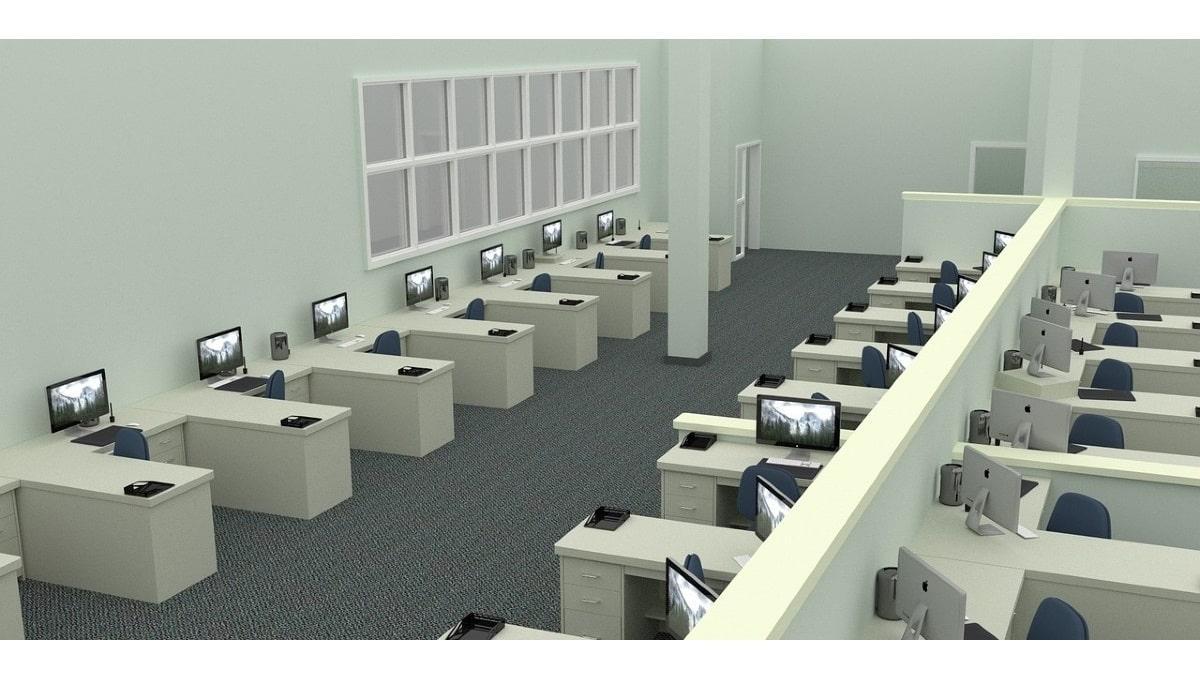 Analysis of international regulations and findings in the face of the challenge of controlled reoccupation of buildings during the pandemic.
Analysis of international regulations and findings in the face of the challenge of controlled reoccupation of buildings during the pandemic.
by: Eng. Giovanni Barletta, Eng. Hugo Armella and Eng. Sebastian Madariaga*
Part I: The current world situation with high levels of infections and exposure to the virus generated a pandemic that has changed in humanity its way of behaving, the way of inhabiting the enclosures safely, among many other aspects. Considering the evidence that shows that its transmission is mainly by air, it is worth considering and evaluating the current conditions and possible changes in the air conditioning and ventilation systems, in such a way that exposures by this route are reduced.
Air conditioning and ventilation systems have the potential to limit the transmission of the pathogen through the air, breaking the chain of infection, and therefore the importance of writing about these topics. This article is not intended to be a scientific document, nor a treaty that dictates the absolute and radical version in the elimination of infections by viruses, especially SARS-CoV-2 (COVID-19), but to be able to identify the most relevant aspects of the international norms, recommendations and publications on this subject, and compare them to extract from them the coincident that applies to our countries. Likewise, identify the limitations in its implementation or applicability, especially aimed at commercial buildings and tertiary buildings, but could also be applied to transport.
The scientific community, specialists, associations and end users have been over-informed in recent months by the number of publications, some of them even by the media, which are sometimes disinformative. In some cases they even recommend the non-use of air conditioning systems, which is contrary to the results of scientific and regulatory research being published by different associations and international organizations. There is absolute agreement that the operation of air conditioning systems cannot be dispensed with as a measure to reduce the transmission of the virus.
Some premises where the entire scientific community has agreed, after exploring the behavior of this virus are:
The impact of HVAC systems on the spread or control of contagion can be positive or negative, depending on many variables such as:
a) Airflow patterns in an occupied space.
b) Dilution by ventilation.
(c) Pressurization control.
d) Distribution and control of temperature and humidity.
e) Filtration.
f) Active measurements with technologies such as ultraviolet germicidal radiation, among others.
g) Complementary equipment, such as dedicated outdoor air handling units (DOA), Recovery Wheels (ERV), Heat Pipes (or the combination of several of these).
However, in the recent "ASHRAE Position Paper on Infectious Aerosols" it mentions that "Not even the most sophisticated HVAC system can control all air flows and completely prevent the spread of an infectious aerosol or the transmission of a disease by means of droplets or aerosols" (ASHRAE, 2020, p.7).
To analyze these regulations it is necessary to define some of the terms that all these organizations and scientific articles mention. First of all, the virus at hand is an infectious airborne disease and that is where HVAC systems potentially distribute "aerosols" defined as "a system of liquid or solid particles evenly distributed in a finely divided state through a gas usually air and are small and floating enough to behave like a gas" (ASHRAE, 2020, p.3).
HVAC systems play an important role in breaking the chain of infectious aerosols through the air, without ignoring the importance of other preventive methods, such as distancing, physical barriers, cleaning surfaces, among others. Therefore, these methods are excluded from this article, considering also that most interventions for infection control have traditionally been done by control in direct or indirect contact, as this is a virus with multimodal contagion mechanisms.
As the size of these particles is relevant, we will find terms such as "droplets", which are those that are large enough to fall to a surface in 1 to 2 meters without becoming aerosols; the "droplet nuclei" are generated from these same, which after an evaporation can do so.
The source of generation of these pathogens that disperse into droplets and aerosols occurs when coughing, sneezing, talking and/or screaming. The mechanism has different variables depending on the size of these particles:
a) Large droplets with a range of 1 to 2 meters fall rapidly to surfaces by gravity (in this method of propagation the ventilation air or the flow pattern of the air around it does not have a representative impact as a contagion factor).
Figure 1. theoretical aerobiology of the transmission of droplets and particles in small aerosols produced by a patient infected with an acute infection (courtesy of Yuguo Li).
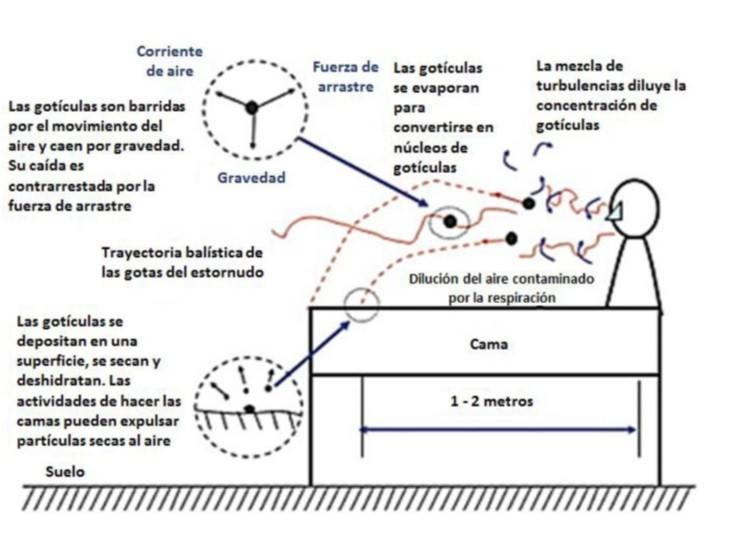
Note: Taken from ASHRAE Position Paper on Infectious Aerosols (2020).
b) Smaller particles (especially aerosols of <10 μm), either from expulsion or resulting from desiccation (droplet nuclei), can remain in the air for minutes, hours or days, travel greater distances and even infect people who have not been in contact with the primary source infected.
The permanence and settlement time of these particles are illustrated in Figure 2.
Figure 2. Comparison of the settlement times of the particles that settle in the air at rest (Baron n.d.).
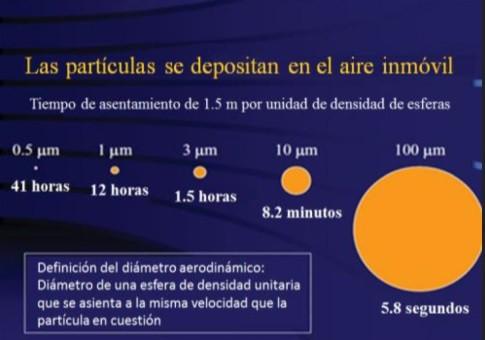
Note: Taken from ASHRAE Position Paper on Infectious Aerosols (2020).
Flow patterns are also associated with the direction of areas with high viral load or infectious to their capture for filtration or extraction, as well as pressurization that allow directional flow from one area to another.
ASHRAE standards 62.1, 62.2 and 170 describe details of general ventilation and air quality requirements, however, it does not provide specific information or requirements for the control of airborne infections in homes or public places. In Part II of this article, we will expose the impact of the increased ventilation associated with the level of filtration and disinfection possible in the systems.
These ventilation flows, their effect on the dilution of the viral load and pathogens in natural ventilation events, is affected by the quantity and quality that can enter the premises, which is variable and unpredictable.
Filtration plays an important role where not all or anyone is enough; finally, it is a question of reducing the transport of infectious agents from one area to another, when it is supplied from a single air handling unit that serves several areas; when selected for a single space they can be effective in reducing or decreasing the concentrations of infectious aerosols in the enclosure. It is also clear that filtration alone does not eliminate all the risk of transmission. The recommended minimum values are referred to in the MERV scale (Minimum Efficiency Report Value). All this points to the minimum efficiencies should be between MERV 12 and MERV 13.
Table 1. Descriptive statistics of viral filtration efficiency data.

Note: Taken from Study of Viral Filtration Performance of Residential HVAC Filters (2020).
A relevant variable that impacts the spread of the virus is the relative humidity of the enclosure, since it has been shown that very low humidity is inconvenient for the size of the particles that end up losing size due to evaporation and becoming nuclei of very small droplets (aerosols) capable of moving by air. It is also scientifically proven that the control of temperature and relative humidity reduces the transmission of viruses and bacteria in infectious aerosols. The range recommended by ASHRAE to restrict the survival of these microorganisms is in the range of 40% to 60% and cites that below 40% three factors occur:
a) The reduction of droplets into smaller particles by sudden evaporation of their water content, thus making them transportable even over long distances. If the receptor is hydrated, they are reactivated with risks of latent infection.
b) Many viruses are resistant in conditions of low humidity, which among other studies is also published since 1985 as recommendations of optimal ranges of HR (Figure 3).
Figure 3. Optimal range of relative humidity for a healthy environment.
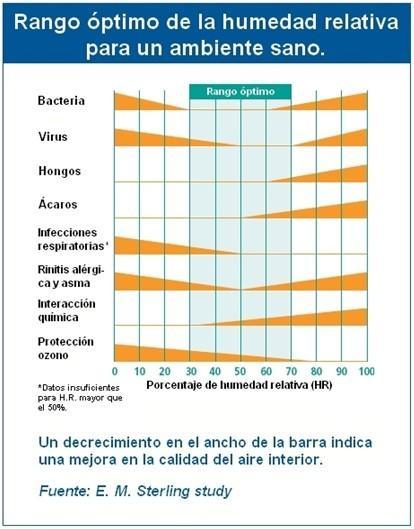
Note: Taken from E.M. Sterling study
c) Also from immunologists it has been clarified that environments below 40% weaken the barriers of the mucous membranes, affecting the immune system of the recipient making it vulnerable to contagion.
Finally, the ASHRAE position paper "does not make a definitive recommendation of indoor temperature and humidity slogans" (ASHRAE, 2020, p.10).
Solutions with ultraviolet (UV) light are proposed as complementary solutions and their effect will depend on their spectrum where their wavelength has the best germicidal effect, where it is evidenced that the best results are obtained with a wavelength of 254 nm; it operates by inactivating the virus by damage to the structure of nucleic acids and proteins that are the essence on which it is constituted.
Comparing the above with what is documented by REHVA, there are coincidences in the routes of contagion including direct contact with infected surfaces, droplets (due to proximity to the infected person), cisterns or toilets that are discharged with the lid open, and, finally, aerosols that are the ones that concern us in the case of HVAC systems.
Because the transmission of COVID-19 occurs mainly in enclosed spaces, and that HVAC ventilation systems can carry droplets from sick people over long distances, having the ability to disperse aerosols within a building, vehicle or room when recirculating the air, it is necessary to increase the amount of fresh air as much as possible, and to reduce air recirculation.
Therefore, the following actions should be taken:
a) Disable energy saving systems to control ventilation demand.
b) Ignore co2 reading controls in spaces to maintain fresh air ventilation to the maximum,
c) Extend the hours of operation of the HVAC systems for a few hours before and after the days of occupation of the areas, and if possible operate the system 24/7
d) Direct the supply grids of the rooms in the opposite direction where the occupants are to avoid dispersion in case there is a sick person in the group.
e) Humidification only for cases when it drops to 10-20%, and raise it to between 30 and 40% at least
f) The filters of individual units such as fan coils and direct expansion handlers that recirculate air are not of great relevance, as long as a maximum amount of outside air is guaranteed (with the implementation of a DOA, for example.)
g) Where deemed necessary, apply UVG (Ultraviolet light) in air handling systems as indicated by the standard, but in no case is it considered to replace the need for ventilation with fresh air.
h) Portable HEPA filtration systems, and even UVG-assisted ones, can be considered, as long as they are correctly sized for the area served, as it may not be effective and only have an effect on a part of the room (clean microenvironment within a contaminated general environment)
i) Change of filters and maintenance as usual. It is not useful to clean the ducts for these purposes, because the particles in which the viruses are transported are very small and are dragged by the air in their great majority.
j) No need to replace outdoor air filters that are currently in use
k) In the case of sections with energy recuperator, it must be confirmed that the working pressures allow a small purge of fresh air inlet, towards the stale and polluted air that is being expelled. This ensures that the extraction is not being recirculated through the fresh air intake system.
l) For bathrooms, keep the extraction on 24/7, and instruct users to lower the toilets with the lid closed. Likewise, make sure that all the siphons of the drains have a water seal and thus avoid air counterflows entering the building from the sanitary pipe.
ll) It is not considered necessary to increase the frequencies of maintenance, as long as the equipment and its filtration are in the required standards, and the highest amounts of fresh air are being met.
Figure 4. ideal operation to maximize aerosol dilution
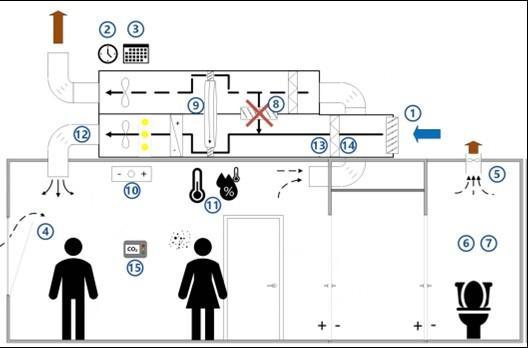
Note: Taken from REHVA COVID-19 guidance document (2020).
In conclusion, the big difference is that REHVA gives the highest priority to fresh air mainly, while ASHRAE sees the other options such as filters and disinfection systems, as a complement to the indisputable best option of outdoor air.
Other international associations that group the sector have also given their opinion, regulations and publications regarding protocols for the use of air conditioning systems during and after the pandemic, such as: ATECYR, ABRAVA, ACAIRE, among others.
ABRAVA, makes different recommendations focused on each sector: Residential use and non-residential use. For residential use, one recommendation is to keep equipment and components (especially filters) clean and disinfected as directed by the manufacturer. However, the main recommendation is to maximize outdoor air renewal in systems where this is possible. In case of not having an outdoor air renewal system, it is recommended to adapt or install. In cases where it is definitely not possible, place the air conditioner in ventilation mode and open the doors and windows for natural ventilation.
In parallel, ABRAVA has emphasized the technical procedures for the operation, maintenance and resumption of HVAC-R systems that must be out of service for long periods due to the fact that many facilities remain closed during the pandemic.
For the non-residential sector, the main recommendations are the same as the residential sector. Additionally, it is recommended that environments that do not have outdoor windows or doors for natural ventilation should not be used by people. As well as the operation for the longest possible time of the air conditioning system (if possible 24/7) and the consideration of proven technologies such as the use of UV light in coils.
On the European continent, the Spanish technical association of air conditioning and refrigeration, ATECYR, has also made recommendations taking into account what has been issued by other entities such as ASHRAE, RHEVA and WHO. In its guide, ATECYR, has different recommendations on the operation of air conditioning installations by categories such as ventilation and outdoor air, thermohygrometric operating conditions, air conditioning terminal units, air purifiers, maintenance of the facilities and cleaning of the facilities in the event of a suspected case of Covid-19.
Among the most outstanding recommendations is the renewal of air per occupant, with minimum values of outdoor air per occupant to comply with a good indoor air quality. Where it is not met, ventilation must be increased or the number of occupants of the building reduced. As for the thermohygrometric operating conditions, they agree with RHEVA that values between 30-70% RH should be maintained.
For the operation of terminal units they recommend keeping them in operation and at minimum speed to avoid their stop, since, the virus can be deposited in the filter and spread once the system starts again. Like other associations, ATECYR recommends the use of additional air purification systems, such as:
a) HEPA filtration.
b) Electrostatic filtration.
c) Ultraviolet germicidal light (UVC).
(d) Other air purification technologies.
Maintenance and cleaning also play as important a role as the operation, so it is recommended to perform preventive maintenance on the entire system before resuming operations after having been stopped for a while given the confinement. This must be accompanied by a natural and forced ventilation of the entire space of at least 4 hours duration.
The main differences with respect to what is recommended by other associations are:
a) Stop of recovery wheels and recovery exchangers.
b) Clarification on how to achieve the renewal of air per occupant by increasing ventilation: Only with the implementation of specific outdoor air treatment units (DOA).
c) If it is not possible to increase ventilation and occupancy must be reduced, verify that the concentration of indoor CO2 is 500 ppm lower than that of the outside air.
(d) Significant importance to air disinfection/purification options.
On the other hand, ACAIRE, does not focus its recommendations only on air conditioning systems, but also makes recommendations on the facilities and administrative nature that combine for the well-being of the occupants. Its main recommendations at the level of air conditioners are the prioritization of preventive maintenance to the entire system, the installation of high-efficiency filters where possible and, last but not least, the increase of outdoor air entering the enclosure. If possible, it is recommended that air conditioning systems work with 100% outdoor air.
Among the other recommendations that can help minimize the impact of Covid-19 in conjunction with those mentioned above, are the implementation of physical barriers between people, restricting the entry of people to the building as much as possible and the promotion of remote work and virtual meetings.
In summary, these 3 important associations, like REHVA, give the greatest importance to external air ventilation for virus dilution than to complementary technologies.
As a result of the analysis of international regulations and findings, and the recommendations issued by ASHRAE, REHVA, ATECYR, ABRAVA and ACAIRE among others, we can conclude that the focus of the solution focuses on the following points:
1) Give top priority to fresh air, replacing as much as possible the recirculation air, and if possible take it to 100%. All the strategies that are applicable in the building must be combined to achieve this objective. The minimum amount of outdoor air required will be based on occupational density; if it is not possible to meet the required flow of fresh air, the number of occupants should be limited to the amount of outdoor air available.
2) Demand control and energy saving systems take a back seat, as the priority is ventilation and the number of changes per hour, even sacrificing some comfort without exceeding acceptable limits. The ventilation system should operate 24-7 with demand control just to differentiate between busy and unoccupied; in the worst case, you must operate with an additional 2 hours in lag with occupancy (-2 [occupation] +2).
3) In case it is not possible to implement 100% outdoor air, filtration plays an important role in capturing particles and viruses in recirculation. The minimum filtration level in this case should be MERV13.
4) When filtration levels and fresh air cannot meet the objectives set, certified disinfection systems such as UVCG are of great contribution to compensate for these deficiencies.
In Part II of this article, we will refer to specific solutions for the most commonly used HVAC systems in LATAM, as a quick guide to implementing the adjustments.
Bibliographic sources
ASHRAE. 2020. ASHRAE Position Paper on Infectious Aerosols.
REHVA. 2020. REHVA COVID-19 guidance document, August 3, 2020.
ABRAVA. 2020. Protocols for the use of two equipment and systems of post-quarentene Conditioned Ar.
ABRAVA. 2020. Renovação de ar em sistemas de AVAC-R para reduzir o risco de contaminação de pessoas com o vírus SARS-COV-2.
ABRAVA. 2020. Plan of chemical treatment visando longas paradas e retomada em sistemas AVAC-R.
ATECYR. 2020. ATECYR guide to recommendations for the operation and maintenance of air conditioning and ventilation systems for buildings for non-sanitary use for the prevention of contagion by COVID-19. ACAIRE. 2020. General communiqué March 2020.
ZHANG JHOHN. 2020. Study of Viral Filtration Performance of Residential HVAC Filters.
ASHRAE. 2019a. ANSI/ASHRAE Standard 62.1-2019, Ventilation for Acceptable Indoor Air Quality. Atlanta: ASHRAE.
ASHRAE. 2019b. ANSI/ASHRAE Standard 62.2-2019, Ventilation and Acceptable Indoor Air Quality in Low-Rise Residential Buildings. Atlanta: ASHRAE.
ASHRAE. 2017a. ANSI/ASHRAE/ASHE Standard 170-2017, Ventilation of Health Care Facilities. Atlanta: ASHRAE.
* Hugo Armella, CEO of Armellini SAS (HVAC Division)
* Giovanni Barletta, President of ACAIRE.
* Collaboration of Sebastian Madariaga, Manager of Ingecam.



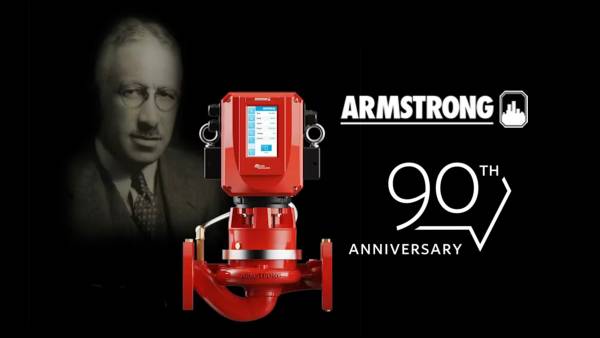
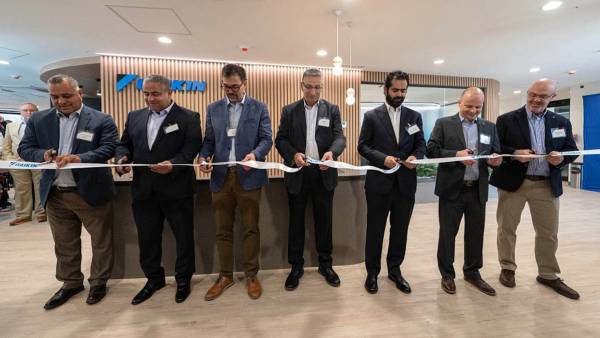
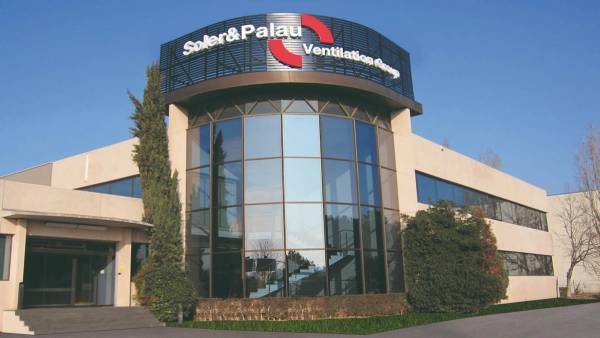


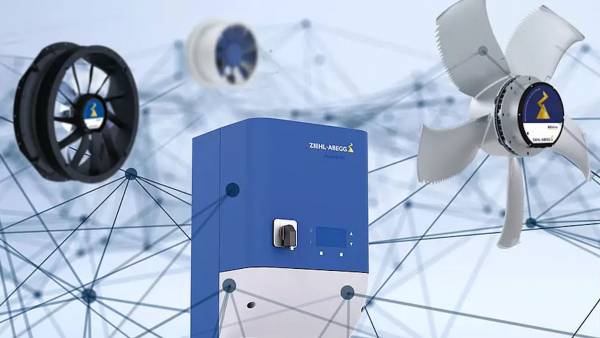
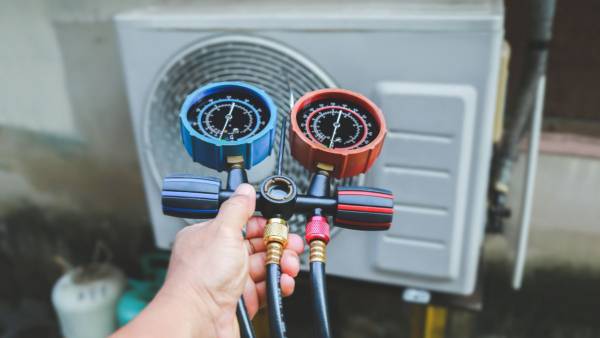


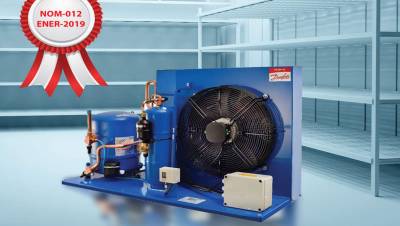
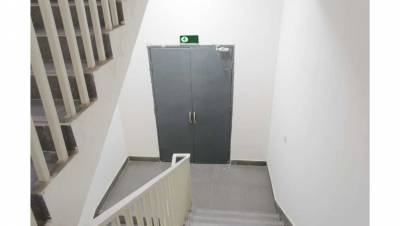











Leave your comment